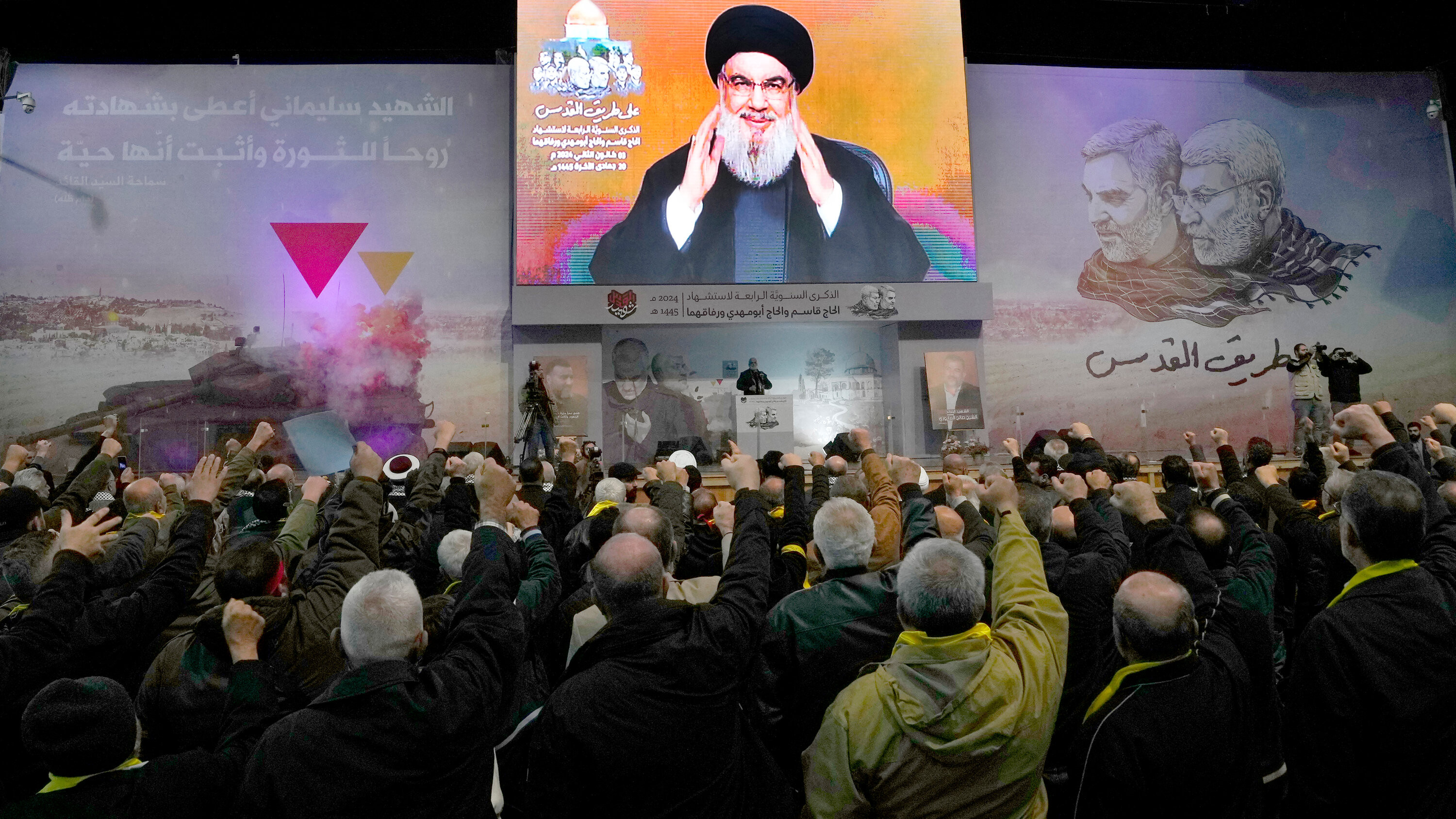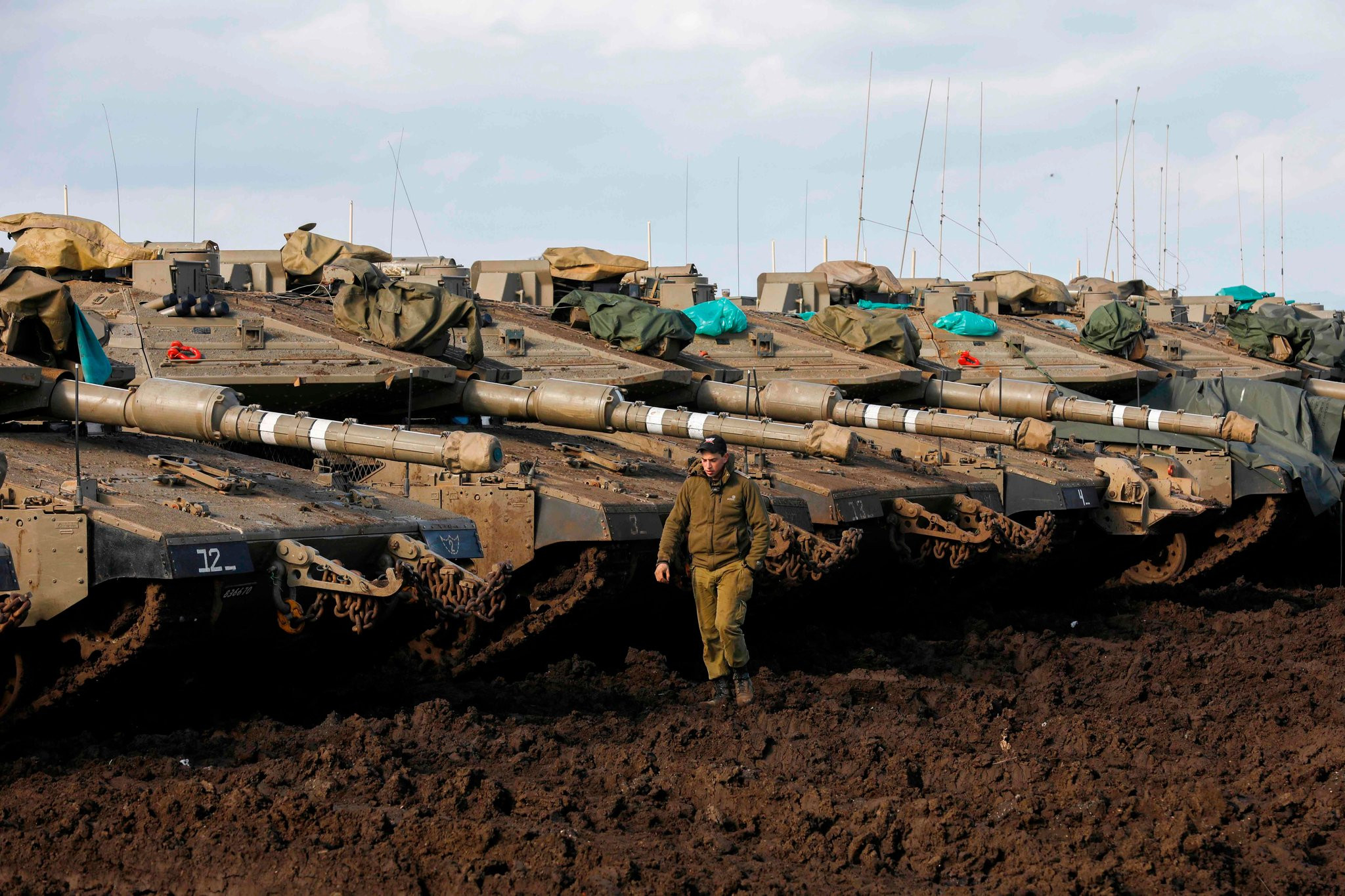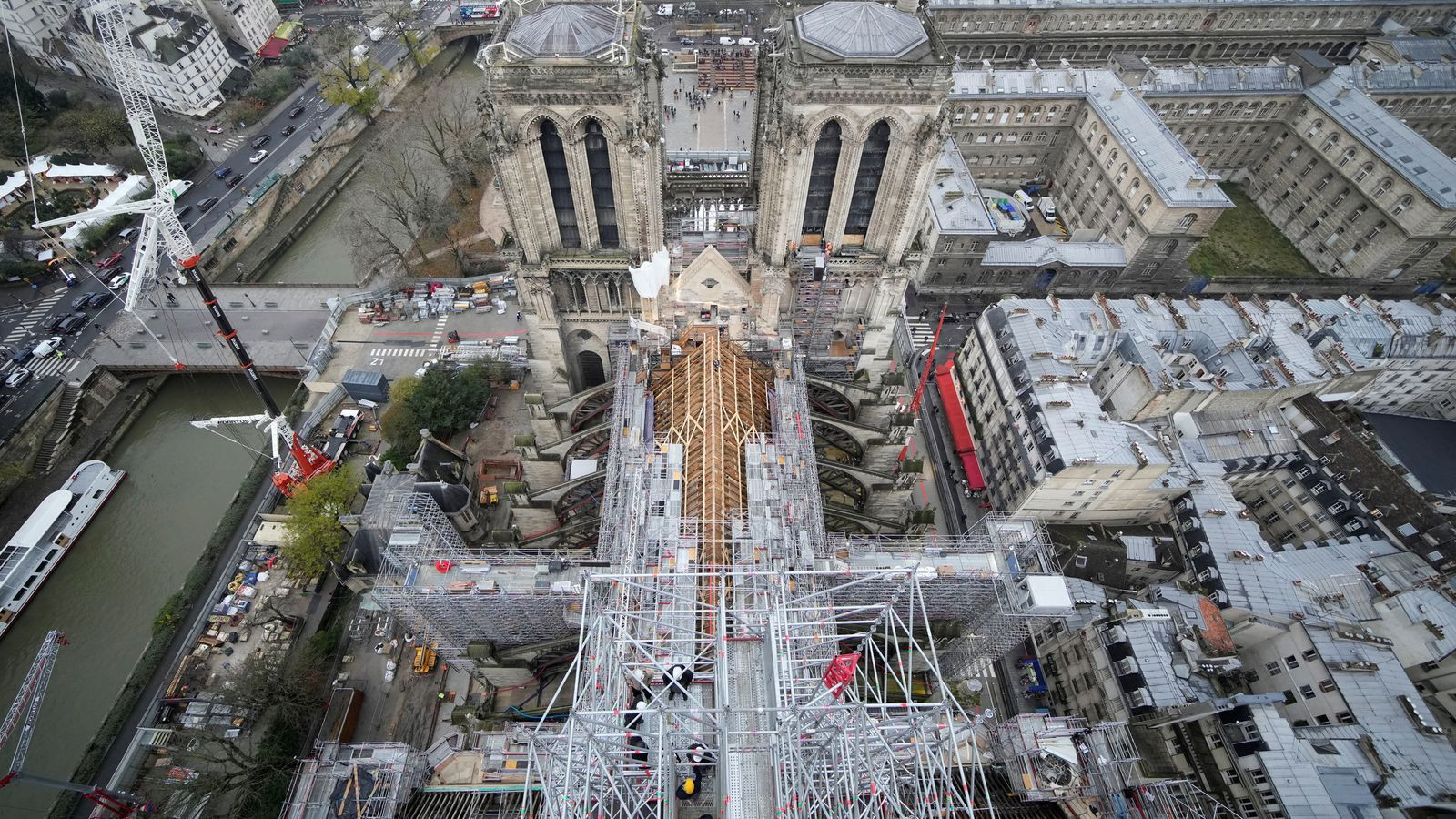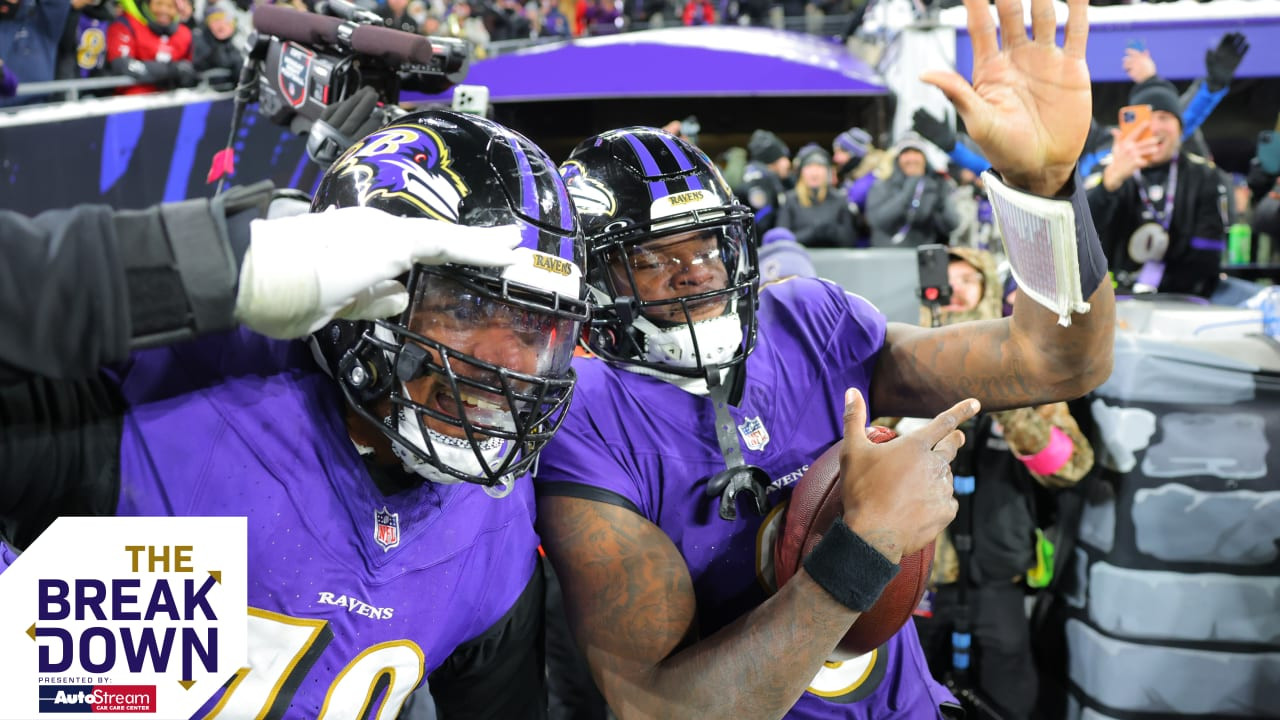The Israeli military says it targeted Hezbollah “weapons storage facilities” in multiple airstrikes across Lebanon on Saturday. One of the strikes - on the outskirts of the town of Al-Kawakh, in the Baalbek-Hermel governorate – injured four people, three of them children, according to the Lebanese health ministry. The ministry said all of the injured required hospital treatment.
Another of the strikes hit “empty shops” in the town of Sareen in Baalbek, reported the state-run Lebanese news agency NNA.
The Israel Defense Forces (IDF) confirmed carrying out strikes in the Beqaa and Baalbek areas, saying it had targeted Hezbollah weapons storage facilities. It said it had also struck Hezbollah weapons storage facilities in seven other areas of Lebanon, in the south.
The strikes follow what the IDF described as a barrage of 55 projectiles being fired from Lebanese to Israeli territory earlier on Saturday morning. The IDF said the projectiles were aimed at the Upper Galilee and Galilee areas.
The Iran-backed militant group Hezbollah claimed it had shelled the headquarters of an Israeli military brigade in Yiftach Eliklit, northwest of Lake Tiberias, “with dozens of Katyusha rockets.” Hezbollah also claimed to have carried out several attacks on northern Israel throughout Saturday with rockets and drones targeting Israeli military sites. It described those attacks as being “in support of our steadfast Palestinian people in the Gaza Strip and their valiant and honorable resistance.”
There have been almost daily exchanges of fire across the Israel-Lebanon border since war broke out between Israel and Hamas in Gaza following the October 7 attack.
Hezbollah's Failed Retaliation
Hezbollah’s promised retaliation for Fuad Shukr, its military commander assassinated by Israel on July 31, finally came this Sunday. But the great vengeance promised by Secretary-General Hassan Nasrallah in furious anger turned out to be a flop. The Israelis, anticipating the attack for weeks, launched a preemptive aerial blitz that blunted the worst of the aggression. Never to be deterred by reality, however, the organization claimed its attack was a “total success.” Later that day, Nasrallah drove the same point home from his bully pulpit—seeking to turn the page on Shukr’s assassination without sparking a larger conflagration with Israel, while also covering the weakness exposed by Hezbollah’s inability to exact retribution on the Israelis.
The Narrative of Success
By the time a visibly tired and stressed Nasrallah took to the airwaves at 6 pm, Hezbollah had already laid the groundwork for the narrative he would later expound. The group’s first statement, at 6:09 am, announced the attack and its purpose to avenge Shukr. The statement also linked the attack to the symbolism of the day: Arbaeen, or 40 days out from the annual commemoration of the killing of Imam Hussain, Shiite Islam’s central martyr, repurposed as a symbol of Resistance by Hezbollah.
Less than an hour later, the organization announced the “total success” of the operation’s “first phase” and promised “full details” to come. Meanwhile, Hezbollah sources were busy telling Arab media that they had successfully struck “two critical targets north of Tel Aviv” and that the Israeli preemptive strike had targeted decoys. The group’s final statement on the attack repeated that message and announced Nasrallah would unpack the details during a later speech.
Nasrallah's Spin on Reality
When that speech came, it was a transparent exercise in damage control. Nasrallah began by reiterating Israeli responsibility for the escalation. “As you know, as everyone knows, the Israeli enemy committed an aggression on Dahiyeh [the southern suburbs of Beirut] weeks ago, crossing all red lines. Meaning, the [Israeli] enemy led to this situation and level of escalation in Lebanon.”
“We are saying this,” Nasrallah stressed, “for the sake of the Lebanese.” By doing so, he sought to capitalize on Lebanese amnesia regarding the origins of the 11-month war of attrition between Israel and Hezbollah and remind his audience and the Lebanese people generally that Israel, not Hezbollah, would have been responsible had that day’s clash spiraled into war.
Nasrallah’s narrative was also meant to reinforce his group’s overall image of Israel as a gratuitous aggressor, and, therefore, the Lebanese people’s need for Hezbollah to defend them from this rapacious foe. Hence his emphasis that Israel had “bombed the known building, martyring civilians, women and children, the great jihadi commander Sayyed Fuad Shukr,” reversing the order of the strike’s intended target to stress Israeli criminality and bloodlust—almost as if Shukr had been killed incidentally in a strike meant for women and children.
Nasrallah also sought to implicitly reinforce Hezbollah’s denial of responsibility for the July 27 strike on Majdal Shams, when one of the group’s errant rockets struck a soccer field and killed 12 Israeli Druze children. “The Resistance,” after all, must always be seen as having clean hands—and cannot admit to killing children, particularly Arab children.
The second component of Nasrallah’s speech centered on explaining the delay in Hezbollah’s retaliation. Here, his goal was to discount any notion that Israel’s military superiority, Hezbollah’s fear of entering an unwinnable war with the Israelis, or the constraints imposed upon the group by Lebanon’s years-long economic collapse played a role.
While “stressing that we were ready as soon as we buried Sayyed Mohsen [Shukr’s nom de guerre],” Nasrallah explained thatavenging him nevertheless took time because the group wanted to select its targets and plan carefully, wait until Israel’s alert status had receded, and give Gaza ceasefire negotiations a chance to succeed. Additionally, he claimed that Hezbollah wanted the attack to fall on Arbaeen, 40 days from the annual commemoration of the Shiite figure Hussain’s death.
All these things are true but were overshadowed by a constrained Hezbollah’s fear of sparking a war it knows it cannot win— something Nasrallah could never admit. Doing so would signal the group’s absolute weakness vis-à-vis Israel. This could erode the Hezbollah’s popular standing, which depends, in large part, on the impression that the group deters Israel and can defeat it if deterrence fails.
Therefore, Nasrallah, for the second time since Shukr’s assassination, fell back on an old tactic of spinning the delay as a sign of Hezbollah’s strength—“a punishment for the enemy, their stock market going down consistently since the assassination, their alert causing psychological, moral, economic, and financial exhaustion […] it was good to let this go on for a while.”
The 'Success' Narrative Unravels
As an extension of this idea, Nasrallah wanted to frame Hezbollah as a responsible actor—one whose actions, even in the wake of an event as painful as Shukr’s assassination, were carefully calibrated to avoid dragging Lebanon into a full war.
Therefore, when selecting the target for retaliation, he said, “We wanted to avoid a civilian target […] despite there having been civilian martyrs in Dahiyeh and we would have had the right to target civilians there, for [the concept of Israeli] civilians there must be between quotes and highly caveated. […] But we did so to protect Lebanese civilians and keep them out of the enemy’s harm’s way.”
Instead, the group targeted what Nasrallah claimed was a military branch responsible for Shukr’s assassination and close to Tel Aviv—as a measure-for-measure response to Israel’s strike in Beirut—and landed on Unit 8200 and the Mossad headquarters in Glilot. Additional diversionary targets were fired upon in northern Israel and the Golan Heights, he said, to draw the focus of the Iron Dome and clear a path for loitering munitions directed at Glilot.
This operation, Nasrallah claimed in the penultimate theme of his speech, was an absolute success despite convincing evidence that the Israelis—anticipating Hezbollah’s attack for weeks—had conducted a massive preemptive strike. The group still managed to shoot off a barrage of 210 rockets and 20 drones (Hezbollah initially claimed a higher number of 320 rockets, while Nasrallah said 340). However, most were intercepted or fell in open areas. Those that impacted caused only minor damage and injuries. Most importantly, none of Hezbollah’s loitering munitions reached their intended targets in Glilot.
Regardless, Nasrallah still insisted that “all 300 rocket launch pads worked seamlessly, not a single launchpad was struck prior to the action” because the Israelis lacked any prior knowledge of Hezbollah’s action. He also claimed that “all drones crossed the Lebanese-Palestinian border […] intact towards their intended targets.” Not only did the projectiles cross the border, but Nasrallah also insisted that Israel failed to deal Hezbollah’s military infrastructure much damage throughout the incident. “Two fixed launchpads were struck afterwards,” he claimed, insisting this was “normal” and would inflict minimal costs on Hezbollah.
Nasrallah then stressed “our sources confirm” that all diversionary targets in northern Israel were hit by missiles and “only part were intercepted by Iron Dome, which is what was needed […] to permit the loitering munitions to traverse [southward].” Finally, Nasrallah insisted that “our information and some sources of information confirm several of our drones reached their targets, but the enemy is remaining silent as usual—and time will reveal the truth of what happened.”
To substantiate his claim, Nasrallah devoted the final theme of his speech to refuting the “Israeli narrative” of successfully preempting and blunting Hezbollah’s attack. Here, he fell back on a tried-and-worn tactic, mostly used when Nasrallah is trying to invert reality: first, creating strawmen by slightly altering Israel’s claims; then, pointing out the apparent contradictions in this retold Israeli “version” of events; finally, using his refutation of the reworked version to demonstrate the Israelis were lying to cover both their failure and Hezbollah’s success.
The True Cost of a 'Successful' Retaliation
Nasrallah’s reasons for lying mirror those of the statements issued by Hezbollah during and immediately after the attack. The group can never afford to look weak or incapable of settling scores with the Israelis. However, there’s also another reason. In all likelihood, Hezbollah’s August 25 attack was never meant to actually settle the score for Shukr or the strike in Dahiyeh. The price the Israelis would have to pay would be too steep and risk giving Israel its seemingly coveted justification to launch broad operations—including possibly a ground invasion—against Hezbollah.
Since launching its attacks on October 8, the group has been walking a fine line between fulfilling its duties towards the Resistance Axis by supporting its allies in Gaza and avoiding, as much as possible, giving the Israelis a justification to escalate. Hezbollah’s August 25 attack was meant to tread that same path, restore matters to the post-October 8 status quo, and keep the fight contained until a ceasefire in Gaza offered Hezbollah an off-ramp. Admitting failure would also require Hezbollah to conduct more attacks of sufficient, apparent intensity to settle the score for Shukr, increasing the risk of a full-scale war that the group currently doesn’t want.
Therefore, though Nasrallah ended his speech with a bit of posturing that teased the possibility of further attacks, he also gave his group an out. “We will monitor the results of the enemy’s silence on what happened […] in Glilot, and our sources and information. If the result is satisfactory and the intended goals were achieved, then we will consider avenging […] Fuad Shukr and the strike on Dahiyeh complete.” Here, as usual, Hezbollah’s propaganda outlets once again filled the gap between reality and the group’s narratives.
On August 29, Al-Mayadeen reported—based on “trustworthy” but unnamed sources “inside the Occupation Entity”—that Hezbollah succeeded in striking Unit 8200’s headquarters. To drive the point home, Al-Mayadeen again reported weeks later, this time based on “trusted” but still unnamed “European security sources,” that the August 25 attack succeeded, killing 22 Israeli officers and intelligence personnel and wounding 75. With that, Hezbollah was clearly indicating it would not conduct further open retaliation for Shukr.
The Consequences of Inaction
The Israeli military’s recent airstrikes on Hezbollah positions in Lebanon are a reminder of the ongoing tensions between the two sides. These strikes, which followed a barrage of rockets fired from Lebanon into Israel, are just the latest in a long series of exchanges of fire that have become almost commonplace in recent months. The escalation in the Israel-Lebanon conflict is a worrying development that could potentially lead to a wider regional war. While both sides claim to be avoiding a full-scale confrontation, the continued attacks and rhetoric raise concerns about the possibility of a miscalculation that could have disastrous consequences.
The war in Gaza has also served as a catalyst for increased activity between Israel and Hezbollah. In October 2023, Hezbollah launched a series of attacks on Israel in support of its Palestinian allies. This move, although criticized by some as a risky gamble, shows Hezbollah’s commitment to supporting the Resistance Axis and its willingness to engage in armed conflict with Israel. The group's actions and rhetoric suggest that it is prepared to take advantage of any opportunity to advance its strategic goals, even if it risks sparking a wider conflict.
A War of Attrition
The Israel-Lebanon conflict has been characterized by a long period of relative calm punctuated by occasional bouts of violence. But the latest escalation suggests that the situation is becoming more volatile, with a real possibility of a wider conflict. The failure of Hezbollah’s retaliation for Shukr’s death shows that the group is increasingly operating under constraints, both political and economic. Despite its rhetoric of strength and defiance, it appears to be wary of a full-scale conflict with Israel. This, however, doesn’t mean that Hezbollah is going away. The group remains a potent force, capable of inflicting serious damage on Israel. The long-term consequences of this latest round of violence remain to be seen. But one thing is clear: the situation in the Middle East is becoming increasingly complex, with the potential for conflict to spill over into a wider regional war.
The Road Ahead?
The future of the Israel-Lebanon conflict remains uncertain. While the recent attack by Hezbollah and the Israeli response show that the two sides are capable of responding in kind, the possibility of a full-scale war seems unlikely. Both sides are likely to continue their current strategy of limited engagement, with periodic bouts of violence, until a more definitive outcome is achieved in the Gaza conflict. A protracted stalemate is the most likely outcome, with both sides content to maintain a state of low-level hostilities. The situation remains unpredictable, with the potential for further escalation in the near future. Only time will tell how this latest round of violence will ultimately play out.


















